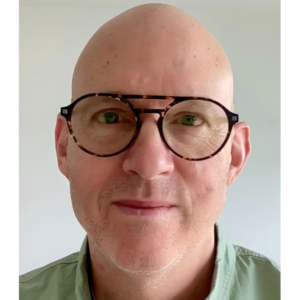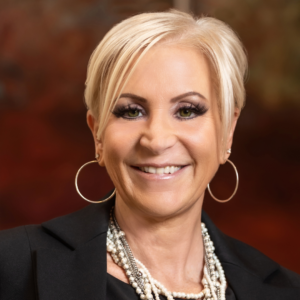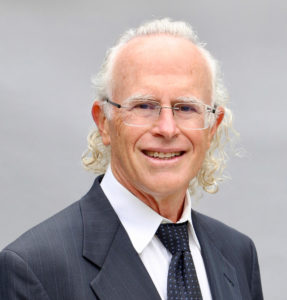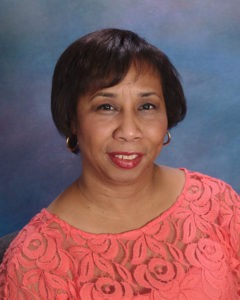2017 Leader of Tomorrow: Peter Gray, MHA
Peter Gray, MHA, is a healthcare veteran who says he still has a lot to learn. Gray has worked for Benefis Health System since 2008, where he previously served as executive director of the Heart and Vascular Institute and chief business intelligence officer. He transitioned from a career in a hospital setting to executive director of Senior Care in 2014.
“I knew enough about the business to know that it was something I’ve never done before,” he says. “It’s not just a change in my career, it’s a whole change of my career, but the skillset of process improvement, visioning is applicable across the settings. I love the idea of taking something that may not be working well and figuring out how to make it run better.”
Gray is a Black Belt in Lean Six Sigma where he learned how to focus on the process. He says using tools like process mapping and root cause analysis, combined with an order from the top to do the right thing—regardless of cost—is how the hospital system’s 146-bed facility went from a one-star to five-star ranking on the Centers for Medicare & Medicaid Services’ Nursing Home Compare in less than three years. Senior Care’s quality scores, resident satisfaction and surveys have all increased while driving cost down.
 |
Peter Gray, NHA,Executive Director, Senior CareBenefis Health System, Great Falls, Montana |
So far, Senior Care has improved CASPER quality measures on falls, falls with injury, pain and pain management, use of antipsychotic medications managing catheters and associated urinary tract infections. “We’ve identified best practices, monitored our adherence to those best practices over time and seen our scores improve, often dramatically so. We’re a five-star organization, our resident and employee satisfaction is high and we’ve improve our financial situation as well, so it’s like a win-win-win.”
Senior Care offers skilled nursing, memory care and low income housing. The-three campus facility is part of the only nonprofit hospital in the county. As such, Senior Care treats and cares for all people, even those who don’t have Medicare or any form of insurance. Gray estimates 12 percent of their volume is considered no-pay, and most of them require wound care. That adds a level of complexity and requires a level of efficiency to maintain costs, Gray says. The focus isn’t on duplicating services available in the hospital but rather blurring the distinction between an acute care and a long-term care setting.
“Our focus is what’s the right thing to do for the resident,” he says. “What will be the most cost effective so it reduces not only our cost, it reduces the cost for the patient and ultimately the insurance company. That’s where the innovation is, and that’s where it’s exciting. We are driven to become a low-cost provider to the patient.”
He says real improvement began with staff buy-in and a little investigation. Gray and his team compared Senior Care’s rankings to national standards and identified opportunities for improvement. Then they delved deeper, studying the process for determining Medicare and Medicaid’s expected outcomes.
"We figured that out as a team," Gray says. He pulled people off the floor to brainstorm ways to deliver better care, what the right processes were, where gaps currently existed and what needed to change. He asked staff if they’d be willing to help. They were.
Together, they developed measures to conduct audits, determined who would conduct them and their frequency. They decided it would best for staff to observe interactions between their colleagues and residents weekly, and sometimes even daily.
The problem with audits is a lot of times they’re done by administrators, managers or directors of nurses, Gray says. They tried to push these audits down to frontline staff, so it’s not uncommon for a CNA to conduct audits, which they tried to make as unobtrusive and task specific as possible.
“It’s not a judgment, it’s an observation, so we take out the personal factors as much as we can and we empower our frontline staff to do this. It’s easy for them to go their peers and say, ‘I saw this happen’ or ‘I didn’t see this happen’ and this is what you should be doing. It doesn’t get written up. It’s a coaching session, not a disciplinary session. That’s been successful.”
Those audits are tabulated and progress is shared weekly to ensure desired outcomes are met and, if not, staff regroup to review the process. Another key factor for improvment has been timeliness. Gray found waiting until the next staff meeting to correct or provide training on how to improve was a missed opportunity, so auditors speak up if they see something. The immediate feedback has improved the process even when the results didn’t initially improve. When that happened, the team regrouped to review the process and determined that daily auditing was needed.
“It was just a matter of paying attention to that process until we were sure that we were doing the right thing,” Gray says. “As that process becomes stabilized, and that we were consistently doing the right thing, we would move to another process. We are constantly checking ourselves and improving ourselves.”
Gray says staff can also check division at the door. The facility, based on resident feedback for a more professional look and management’s desire to break down separations between teams, bought every employee three sets of uniforms, all in evergreen. “We bought everyone the same so that visually if someone needs assistance with a call light or a transfer, it doesn’t matter if a CNA or a nurse responds as long as the resident need is answered,” he says. “The focus is not on job specialization, the focus is on job teamwork. That’s our path to the future.
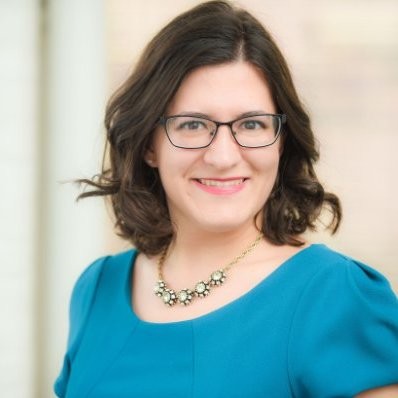
Nicole was Senior Editor at I Advance Senior Care and Long Term Living Magazine 2015-2017. She has a Journalism degree from Kent State University and is finalizing a master’s degree in Information Architecture and Management. She has extensive studies in the digital user experience and in branding online media. She has worked as an editor and writer for various B2B publications, including Business Finance.
Related Articles
Topics: Articles , Executive Leadership , Leadership , Training






